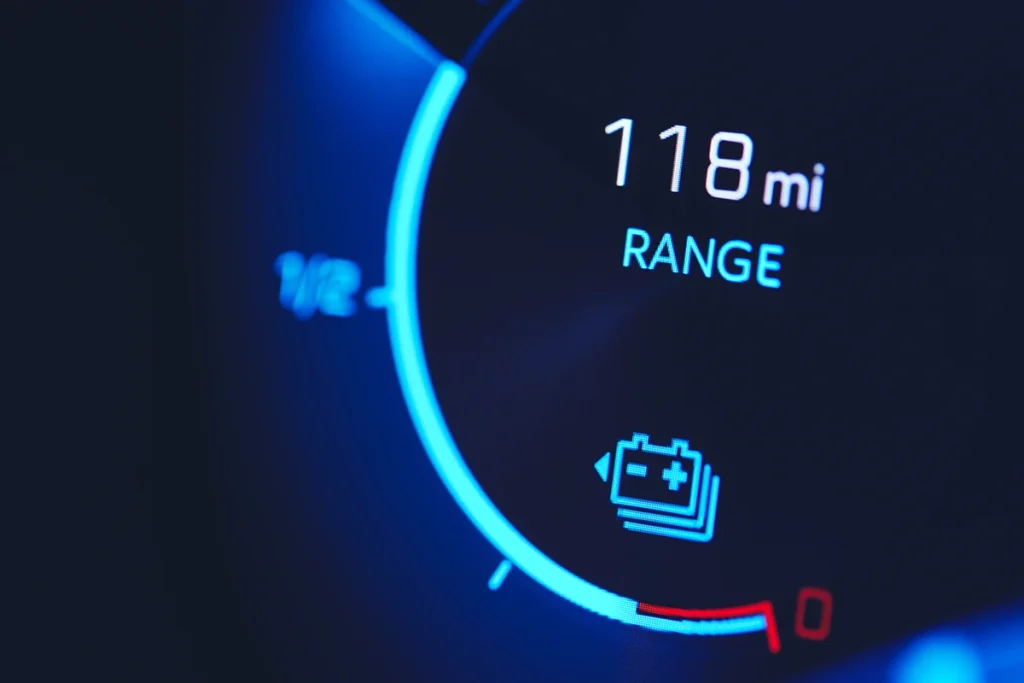In a groundbreaking move, luxury car manufacturer Mercedes-Benz has recently announced its partnership with electric vehicle giant Tesla.
Featured Image source: media.cnn
In this significant move, Mercedes-Benz has revealed its plans to allow its electric vehicle drivers to use Tesla’s superchargers starting next year. The luxury automaker aims to fully adopt Tesla’s charging standard, known as the North American Charging Standard (NACS), by 2025.
This partnership with Tesla aligns Mercedes-Benz with a growing list of automakers that have made similar agreements, further solidifying Tesla’s position as an industry-standard in the EV market.
This collaboration signifies a win for both companies and holds great significance for electric vehicle drivers. With over 12,000 Tesla supercharger stations available across North America, Mercedes-Benz owners will gain convenient access to an extensive charging network.
The integration of NACS into Mercedes’ electric vehicle lineup ensures compatibility and streamlines the charging process for their customers.
The decision by Mercedes-Benz underscores the importance of cooperation within the EV industry and emphasizes their commitment to sustainable transportation solutions. By leveraging Tesla’s established infrastructure, this partnership benefits current and future Mercedes owners and promotes wider adoption of electric vehicles.
As we look ahead to a future dominated by electric mobility, partnerships like these are instrumental in creating a seamless charging experience for drivers and accelerating the transition toward sustainable transportation on a global scale.
Background on Charging Infrastructure
The development of a robust charging infrastructure is crucial for the mass adoption of electric vehicles. However, North America’s current charging infrastructure needs to be more cohesive and sufficient.
Limited availability of charging stations, varying charging standards, and long charging times present significant challenges for EV owners, especially during long-distance travel. To address these concerns and encourage wider EV adoption, the expansion and improvement of the charging network is paramount.
A Step Towards Unified Charging Network
As consumer demand for electric vehicles continues to grow, one of the most pressing challenges facing both automakers and consumers is access to reliable and convenient charging infrastructure. Without an extensive network of charging stations, range anxiety becomes a major barrier to the widespread adoption of EVs.
Recognizing this challenge, Mercedes-Benz has taken a bold step towards creating a more unified and seamless charging network by partnering with Tesla. With this agreement, Mercedes-Benz can provide its customers access over 25,000 high-speed chargers strategically placed throughout North America.
By tapping into Tesla’s well-established charging infrastructure, Mercedes can offer unparalleled convenience and accessibility for their electric vehicle owners. This move eliminates the need for separate networks or adaptors and simplifies the overall charging process.
Image source: businesswire
Benefits Galore for Mercedes Owners
This collaboration between two automotive powerhouses brings forth numerous benefits that will undoubtedly delight current and prospective owners of Mercedes-Benz electric vehicles:
Wider Coverage Across North America
One of the immediate advantages resulting from this partnership is an expanded coverage area. With access to Tesla’s vast Supercharger network spanning key locations throughout North America, drivers can confidently embark on long-distance trips, knowing that they are always close to a reliable source of power.
The strategic placement of over 12,000 superchargers ensures that even remote areas are covered, eradicating any concerns about finding suitable charging stations along their route. This broader coverage enhances travel flexibility and alleviates range anxiety – one of the main barriers preventing more people from embracing electric vehicles.
Lightning-Fast Charging Speeds
Tesla’s Superchargers have become synonymous with high-speed charging. By utilizing these cutting-edge chargers, Mercedes-Benz electric vehicle owners will benefit from remarkable charging speeds that significantly reduce the time spent waiting at stations.
With Tesla Superchargers capable of delivering charge rates up to 250 kW per vehicle, new-generation all-electric models from Mercedes can take full advantage of this lightning-fast technology. Faster charging times mean drivers can spend more time on the road and less time tethered to a charger – enhancing the overall ownership experience.
Seamless User Experience
One of the key advantages of leveraging Tesla’s charging infrastructure is creating a seamless user experience for Mercedes drivers. Integration efforts between both companies are expected to simplify payment systems, provide real-time charger availability updates, and enhance navigation integration to guide users directly to the nearest Tesla Supercharger.
This level of integration aims to make charging an electric vehicle as effortless and hassle-free as possible. By eliminating any friction points in the process, this partnership ensures that every step – from locating a charger to completing a transaction – is streamlined and user-friendly.
Promoting Electric Vehicle Adoption
Beyond immediate benefits for Mercedes owners, this collaboration sends a powerful message about cooperation within the EV industry and underscores both companies’ commitment to accelerating sustainable transportation options.
By combining their resources and expertise, Mercedes-Benz and Tesla are working together not only to enhance their customers’ ownership experience but also to promote wider adoption of electric vehicles globally.
This collaborative effort highlights how industry leaders can collaborate for greater collective impact in addressing common challenges such as charging infrastructure development.
Impact on Charging Infrastructure Development
The decision by Mercedes-Benz to utilize Tesla’s established Supercharger network marks another significant milestone in advancing sustainable mobility solutions. It underscores the increasing maturity of EV technology and signifies a shift towards greater collaboration within the automotive industry when tackling shared challenges like charging infrastructure development.
Image source: electrify America
As more automakers recognize that interoperability is key in driving widespread EV adoption, partnerships become crucial for establishing an efficient and user-friendly charging network that benefits all stakeholders – manufacturers, consumers, and utility providers.
This joint venture sets an example for other automotive manufacturers who may consider similar agreements or seek opportunities for cross-industry partnerships.
The aim is to create a more cohesive and interconnected charging infrastructure that transcends brand boundaries – allowing electric vehicle owners the freedom to charge their vehicles seamlessly regardless of the make or model they drive.
Future Implications
While the initial focus of this partnership is on utilizing Tesla’s Supercharger network in North America, its implications stretch far beyond these borders. Both companies have global reach and ambitions, opening up possibilities for future expansions into other regions where compatibility issues might still exist.
Mercedes-Benz’s decision to integrate Tesla chargers into its electric vehicle infrastructure marks a pivotal moment in the evolution of charging infrastructure in North America. By capitalizing on Tesla’s Supercharger network, Mercedes-Benz seeks to provide its customers with a seamless and convenient charging experience, reinforcing their commitment to sustainable mobility.
This collaboration benefits Mercedes-Benz owners and carries broader implications for the electric vehicle market, encouraging other automakers to explore similar initiatives and propelling the expansion of charging infrastructure.
As the demand for electric vehicles continues to surge, collaborations and shared utilization of charging infrastructure represent significant milestones on the path to sustainable mobility.
By embracing such partnerships, the automotive industry can collectively create a seamless and accessible charging network that empowers electric vehicle owners, accelerates the transition to clean transportation, and paves the way for a greener future.


